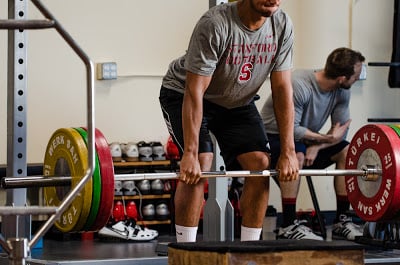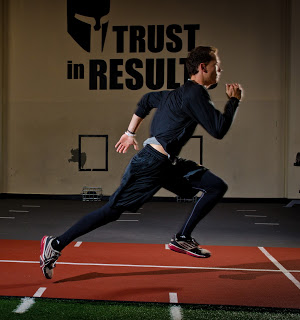
If you value your time and truly seek your goals, the most important concept you can be aware of in your effort is validity.
The term is primarily used in statistics, a number that describes the extent to which a test measures what it claims to measure. In discussing your training regimen and return to play from injury, choosing a valid assessment is critical.
After all, it is why the term “sports-specific” has become so popular. So is what you are doing in your training “sports-specific” or valid?
A quick review from last week’s return to play process, whether coming back from surgery, or a minor setback.
1. INTRO; this initial process begins with an athlete’s introduction to the training environment. Clearance out of this phase requires:
physician recommendation for light activity like biking or jogging
no pain with movements in the warm-up
2. QUALITY, this phase is defined as possessing a Movement Signature that is efficient in order to maximize performance while reducing injury. Clearance out if this phase requires:
90% of previous a baseline test, we use the force plate scan (objective, dynamic, and valid!)
physician clearance for introduction to sport practice
3. QUANTITY; the ability to maintain your Movement Signature through fatigue becomes the final step. Clearance out of this phase requires:
sports-specific skill complex with lower rest yet maintenance of 90% baseline
90% of current baseline force plate test after this quantity protocol
One of the difficult parts of prescribing quantity is the validity, or sports-specific fatigue. For example, baseball players never perform long bouts of exercise, so direct aerobic training are of little benefit. Learning to run for longer than a few seconds does nothing to prepare for an explosive, rotational sport. Football is similar in that their movement needs rarely exceed 5 seconds in duration. However, return to play advice is often solely focused on quantity, at the expense of specificity and quality of movement.
Are intermittent sports different? These activities are defined as starting and stopping at various intervals, common in team sports such as soccer, basketball, hockey, rugby, Aussie Rules football. These athletes are required to be powerful, fast, and agile, but also reproduce these efforts for extended periods of time, which requires the aerobic energy system to recover. However, the key to validity is not taking the aerobic system in isolation by longer tests, but targeting the skills actually performed in the sport.
To address equanimity in a sports specific way, we use skill complexes, 2 movements paired together for equal stimulus and benefit. The skills complex pairs an acceleration skill with a deceleration skill, some examples are shown below.

Football, Soccer, Basketball, etc. (Field Sports on grass/turf, Court on track/court)
Sprint Agility 5-10-5
Baseball Position Players
Sprint Medicine Ball Side Toss
Volleyball
Slideboard Approach Jump
After 6 sets on a 2.5 minute timer (both movements done within 2.5 minutes), a reassessment is performed on our force plate to see the affect fatigue has on Movement Signature. If the athlete can maintain 90%, they have clearance for participation in sport.
These skills are a valid standard for quantity return to play. But be patient and don’t skip the quality clearance, as it is a bigger predictor for health, and can aid in quantity indirectly!